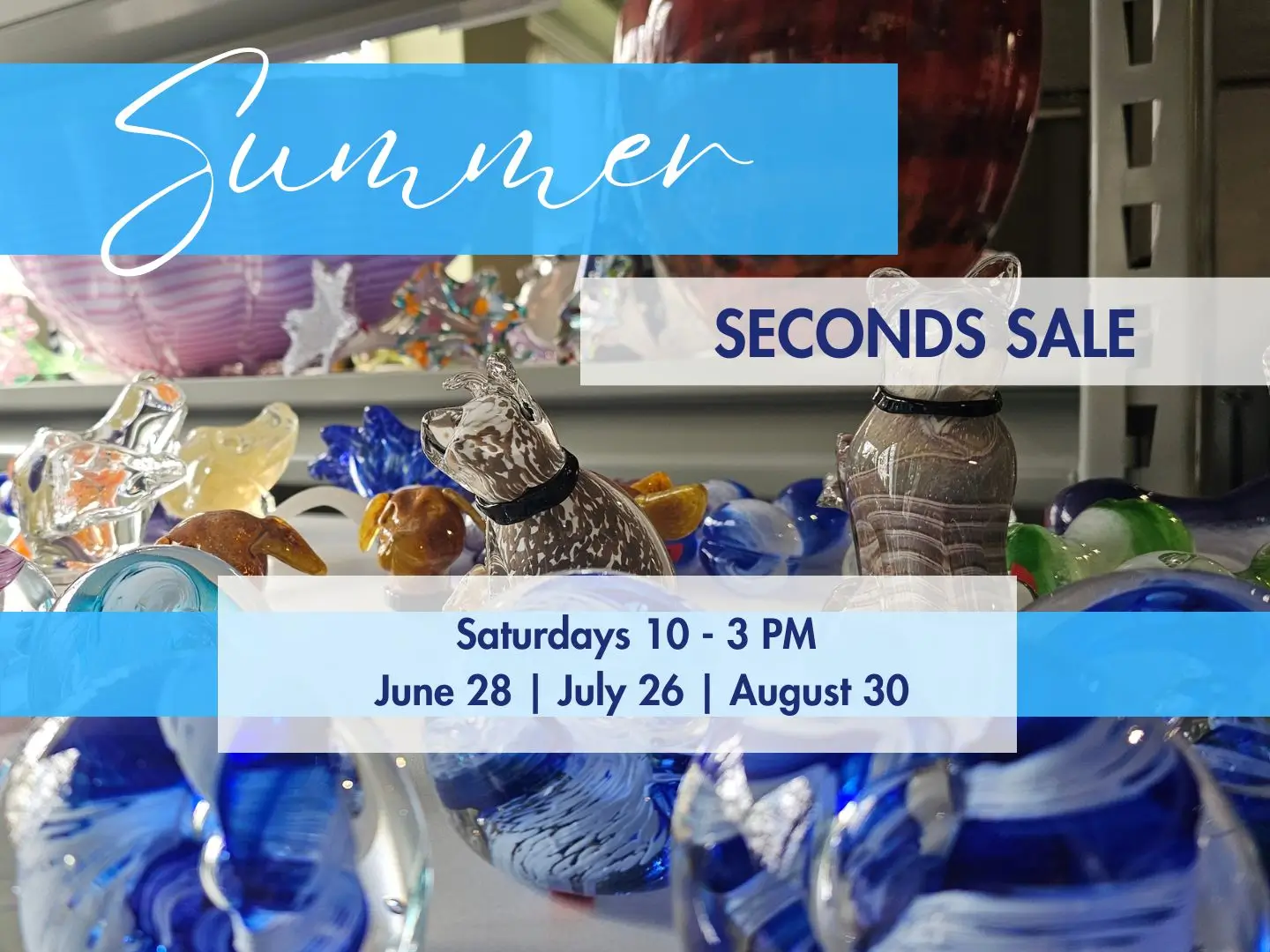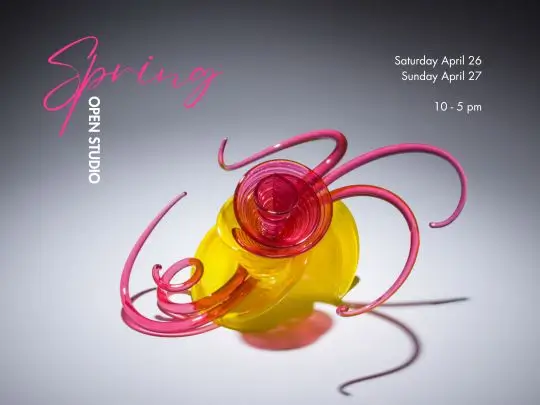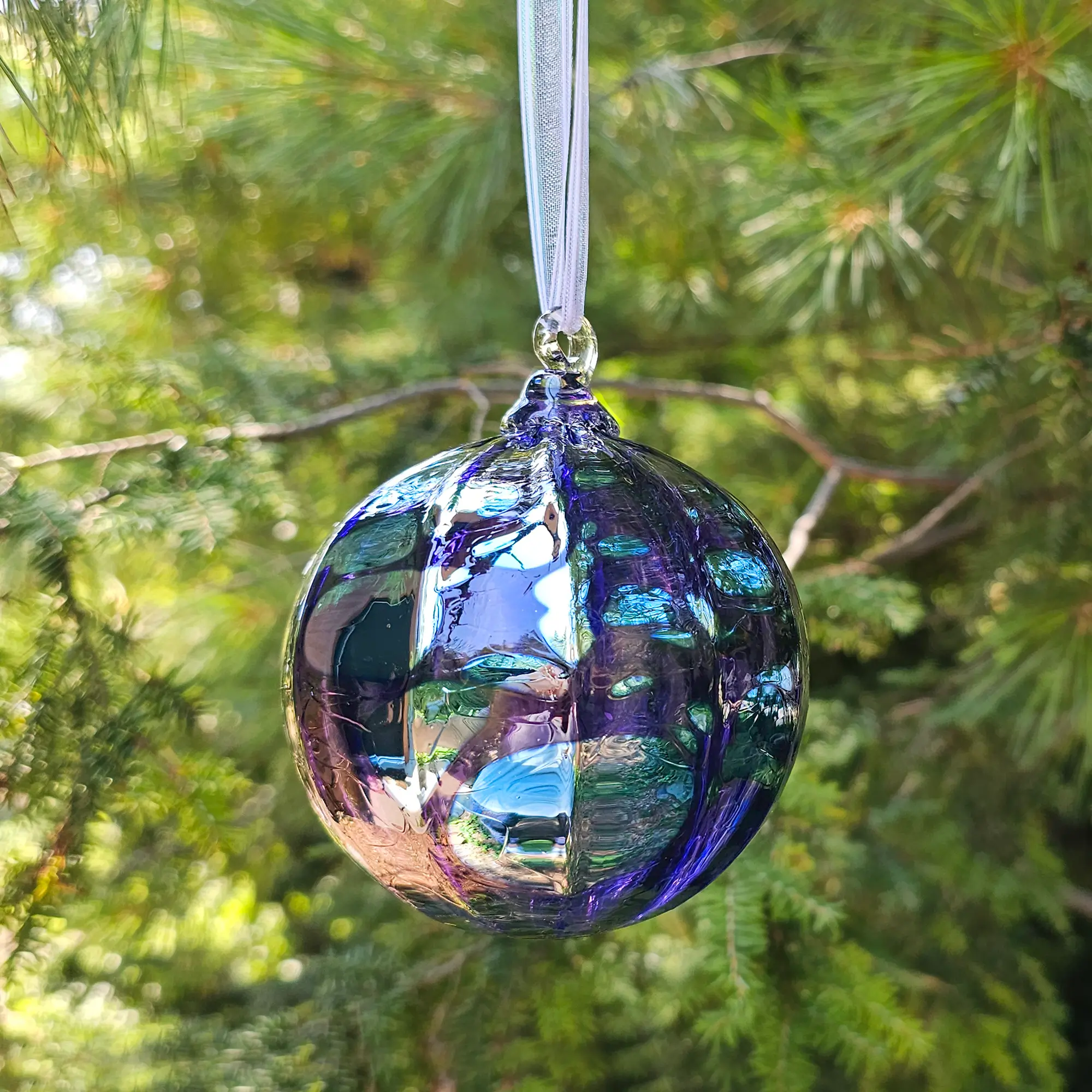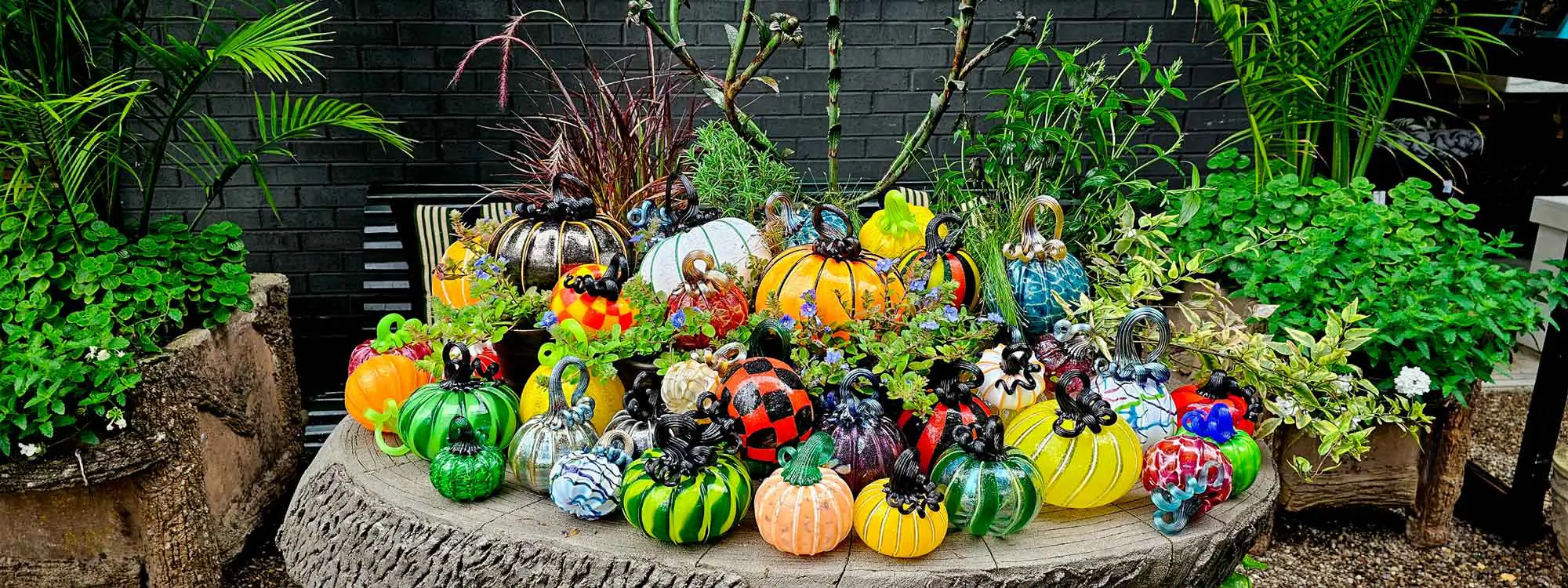Glass is an extremely versatile medium used to create items that span a wide variety of applications. Functional glass objects are so common in our everyday lives that we may not even think about how much rely on this material. Windows, smartphones, medical equipment, drinkware and a million other things we interact with daily fall into this category. On the other end of the spectrum, glass can make for beautiful and unique decorative art pieces. There are so many ways to manipulate glass into different shapes, textures and colors allowing for limitless creative options. This post looks at the various types of art glass and shows some of the amazing artwork created through each technique.
Note: click on any images to be taken to that artist’s website.
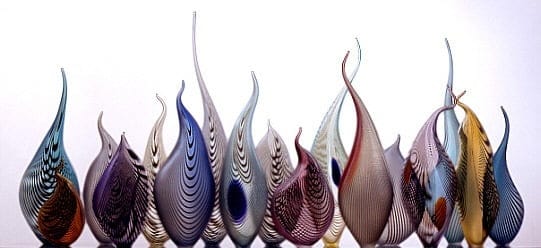
Temperatures of Glass
Techniques for manipulating glass can be divided up into three categories based on the temperature of the glass that is being worked. Hot glass stays at a temperature of 1100-2000°F (593-1093°C) and is differentiated by the use of a direct flame. Warm glass techniques involve the use of a kiln heated at 1099-1501° F (592°-816°C). These processes are relatively hands-off and rely on the use of heat, gravity and molds to melt and shape sheets or rods of glass, leaving a bit more to chance. Lastly, cold glass techniques use room temperature glass. These are processes, such as sandblasting, engraving, grinding or polishing, finish up a piece.
Types of Art Glass
Hot Glass Techniques:
Glassblowing
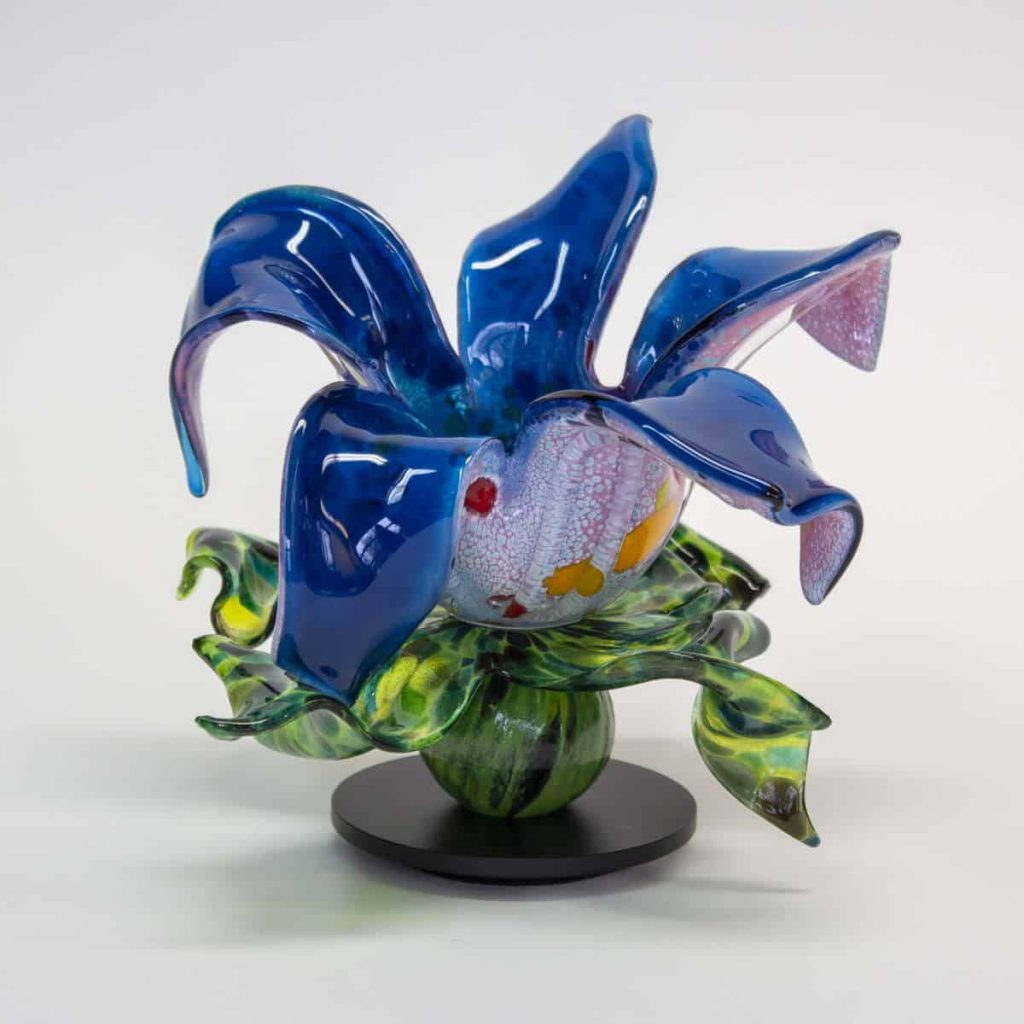
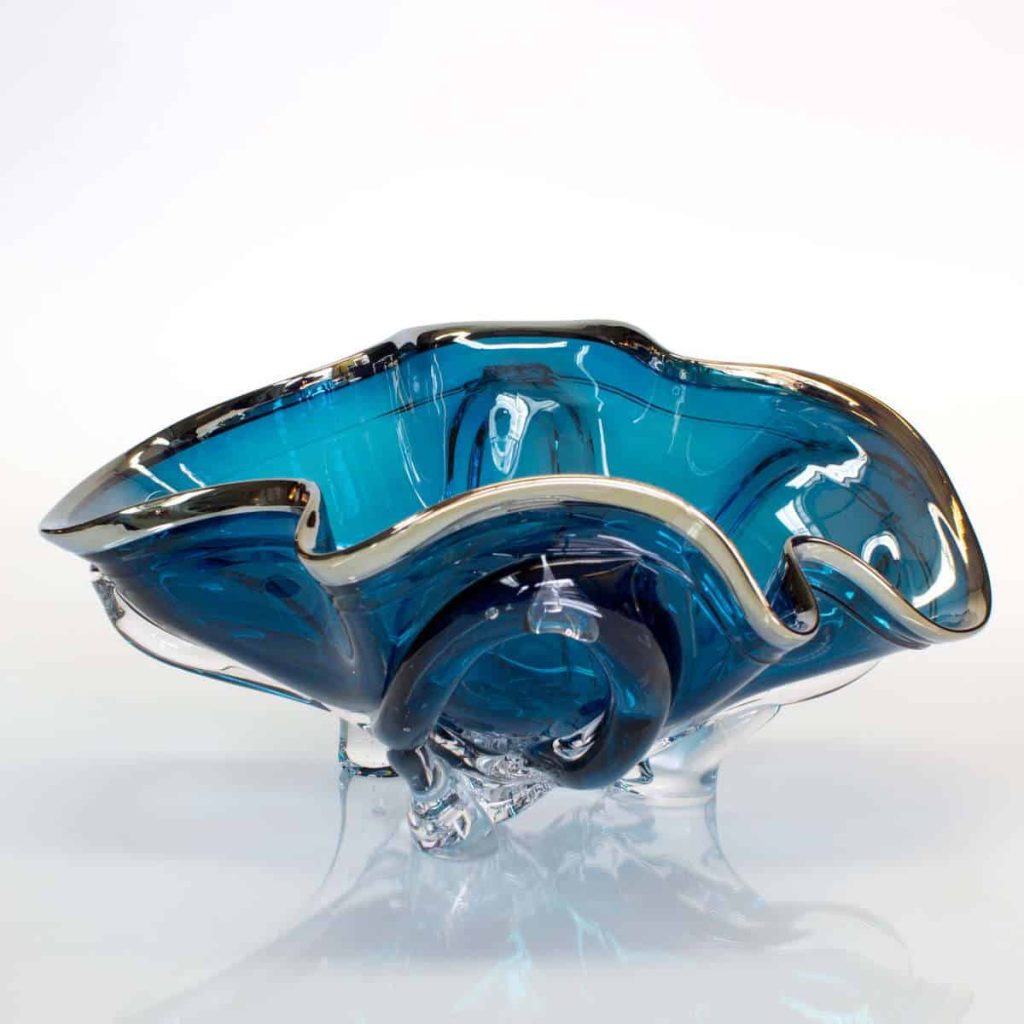
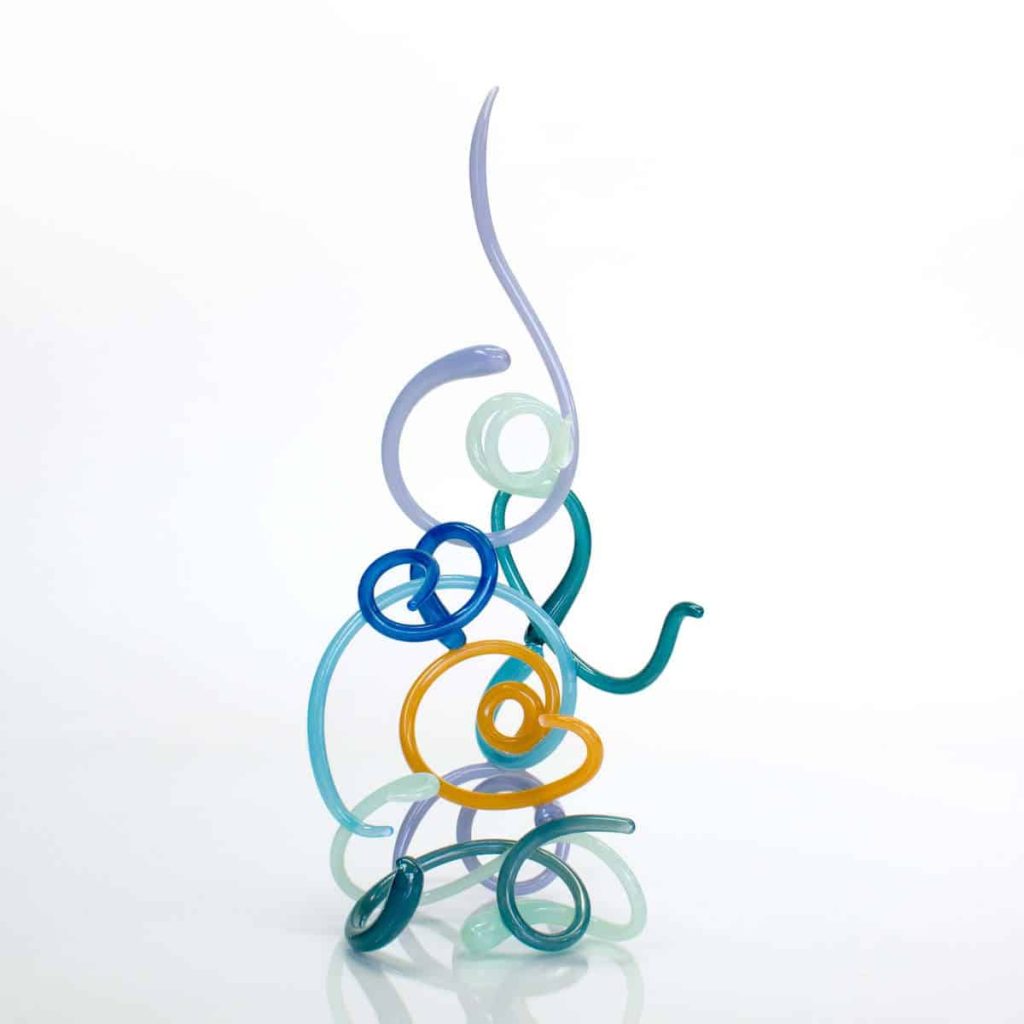
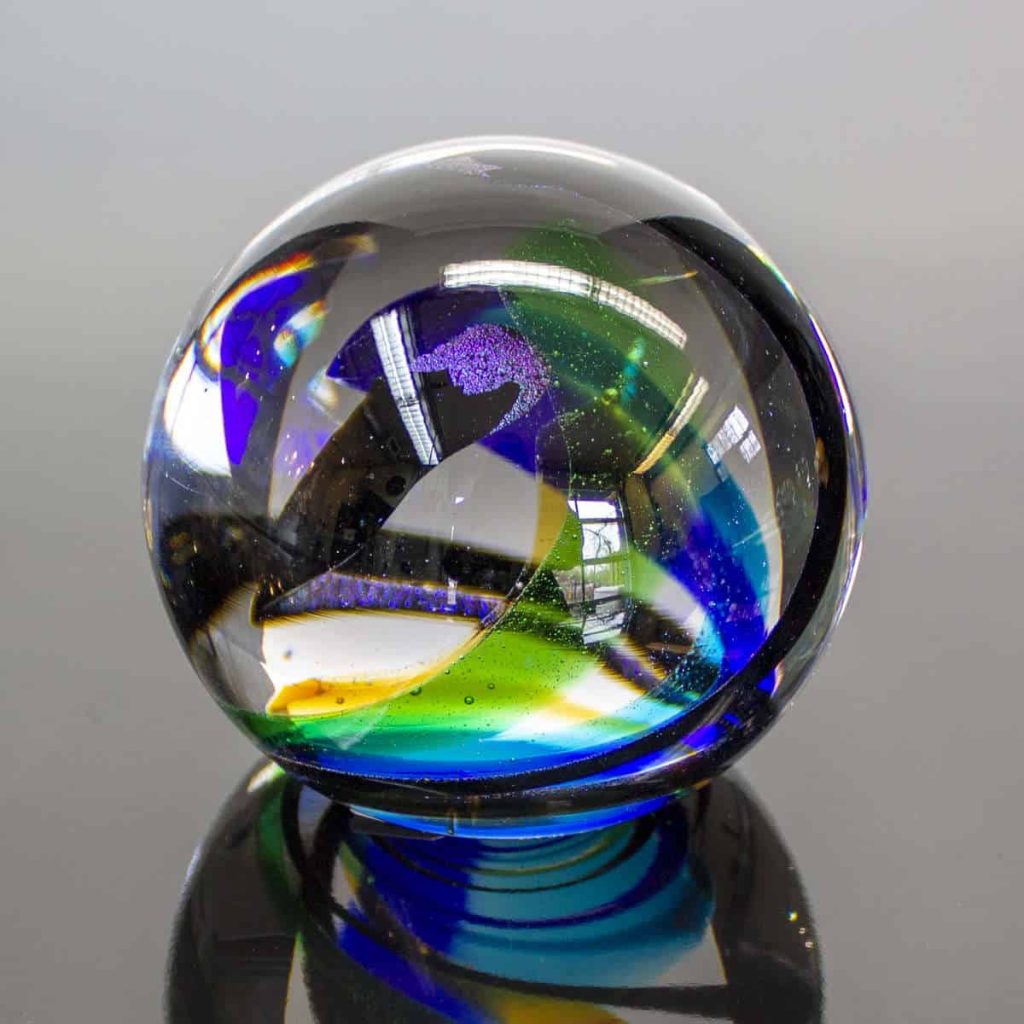
Basics
Glassblowing is one of the most popular techniques used to create art glass. It requires a set-up like the one we have in our studio. This includes a furnace, re-heating chamber, annealer and a workstation. The furnace holds the molten soda-lime glass and keeps it at a working temperature. This furnace is kept on 24/7/365 because it takes so long to get the glass to the correct temperature. The reheating chamber is used to reintroduce heat into the glass while it’s being worked on. Glass cools down and hardens fairly quickly. It’s necessary to continue adding heat to it to keep the material malleable. The annealer cools down the glass slowly over several hours. If glass cools down too quickly, it can experience thermal shock, causing it to crack. Placing it in a slow cooling annealer over several hours helps to prevent this.
Finally, the workstation that glassblowers use is the bench. Glass is gathered on a blowpipe or pontil rod. At the bench, it is manipulated using various tools. This setup is generally quite large (we have one of the largest glass studios in Michigan!) but it can be scaled down and even made portable.
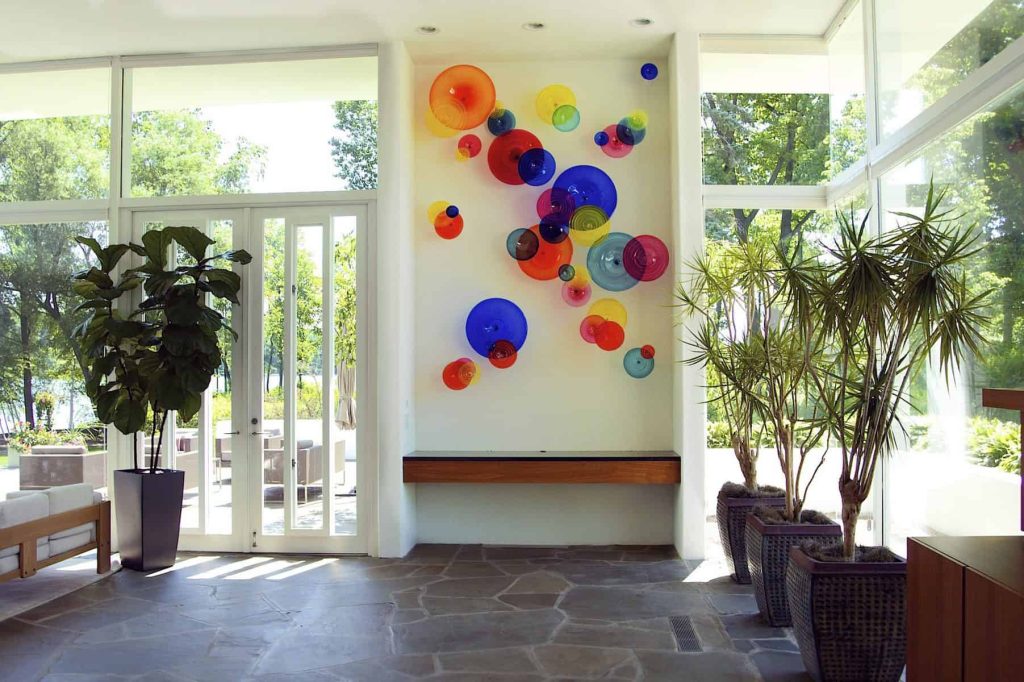
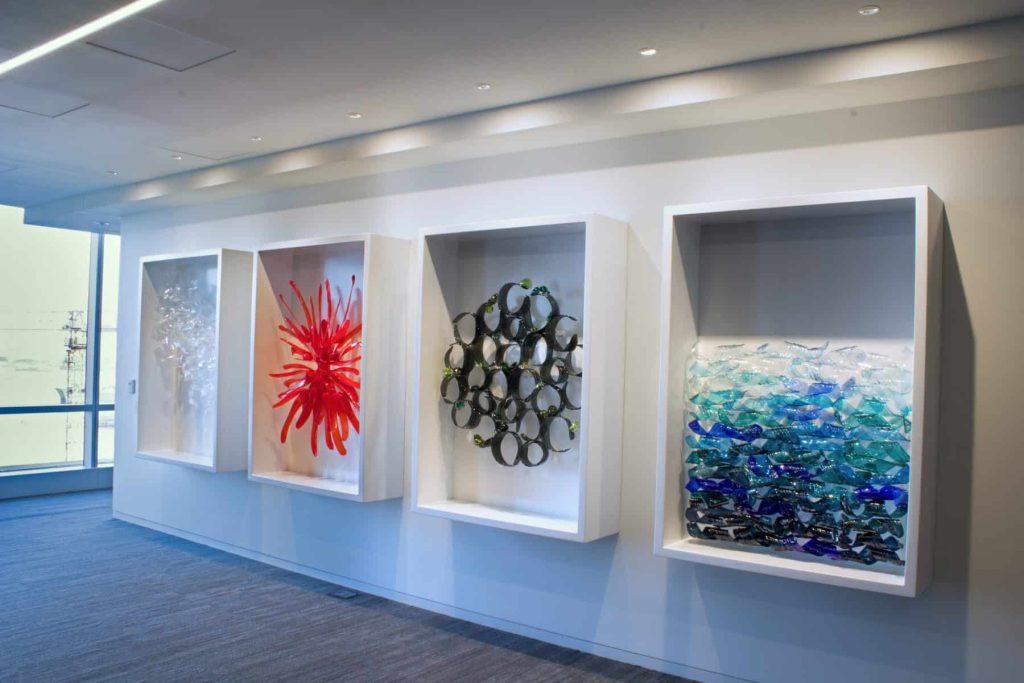
Popularity
Glassblowing is so popular because it allows the artist to work very closely with the glass and to manipulate it in a variety of ways at each stage of the process. Glassblowing of course consists of using a blowpipe to blow air into a gather of glass, creating spheres or other hollow shapes. Other techniques such as hot sculpting allow for glass to be worked as a solid mass. Frit and cane can be added to clear glass to add further variations in colors and patterns. The pieces above illustrate the the incredible variety that can be achieved in shape, size, color and texture through the process of glassblowing. Get a more in depth look at our studio setup and the basics of glassblowing in our Glassblowing 101 blog post!
Flameworking
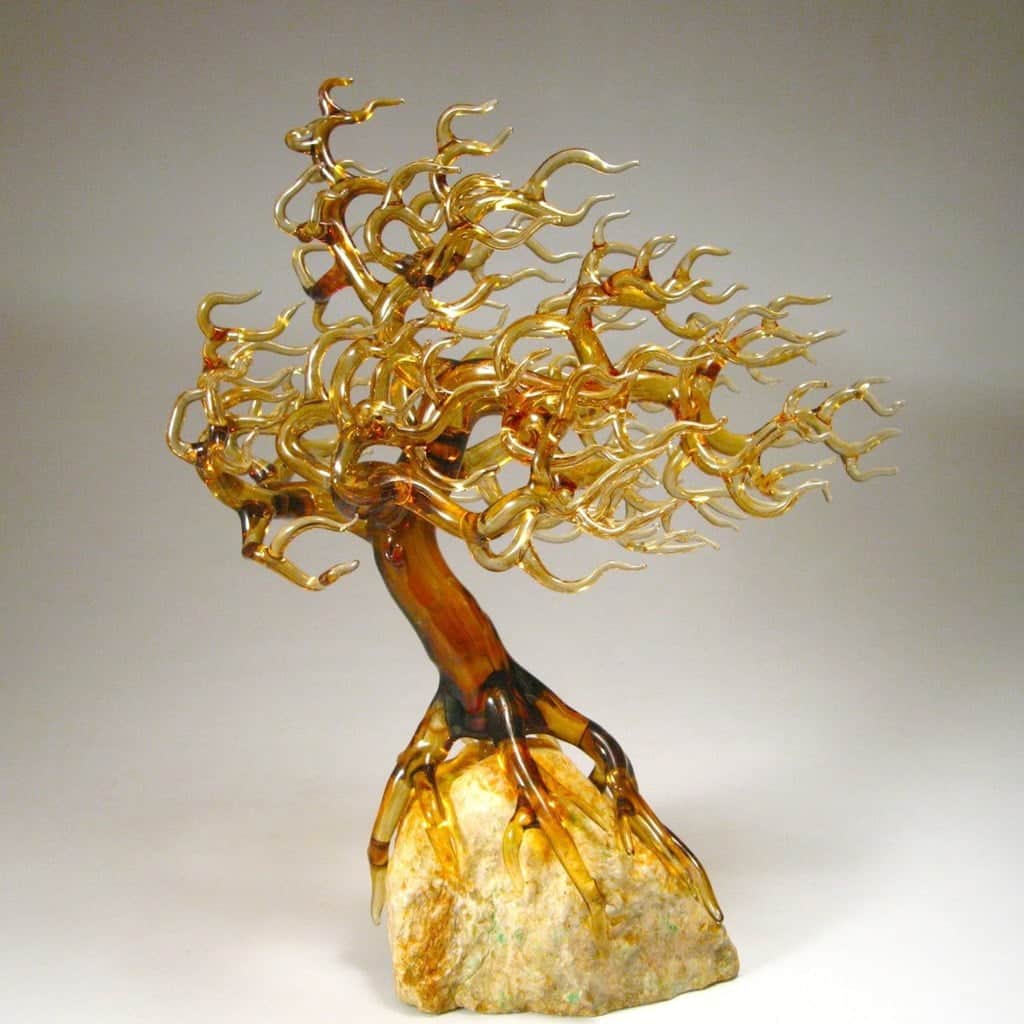

Flameworking involves using a gas torch to melt glass tubes or rods into a molten state. The rods are manipulated into different shapes using tools, hand movements and blowing. There are many similarities to glassblowing. Flameworking uses a torch as it’s primary source of heat. Borosilicate and soda-lime glass are typically used. A great deal of control is possible using this process, allowing for the creation of small and detailed objects. With flameworking, you can make small pieces of art, vessels and goblets, beads, marbles, ornaments, figurines, pendants and more.
Glass Casting

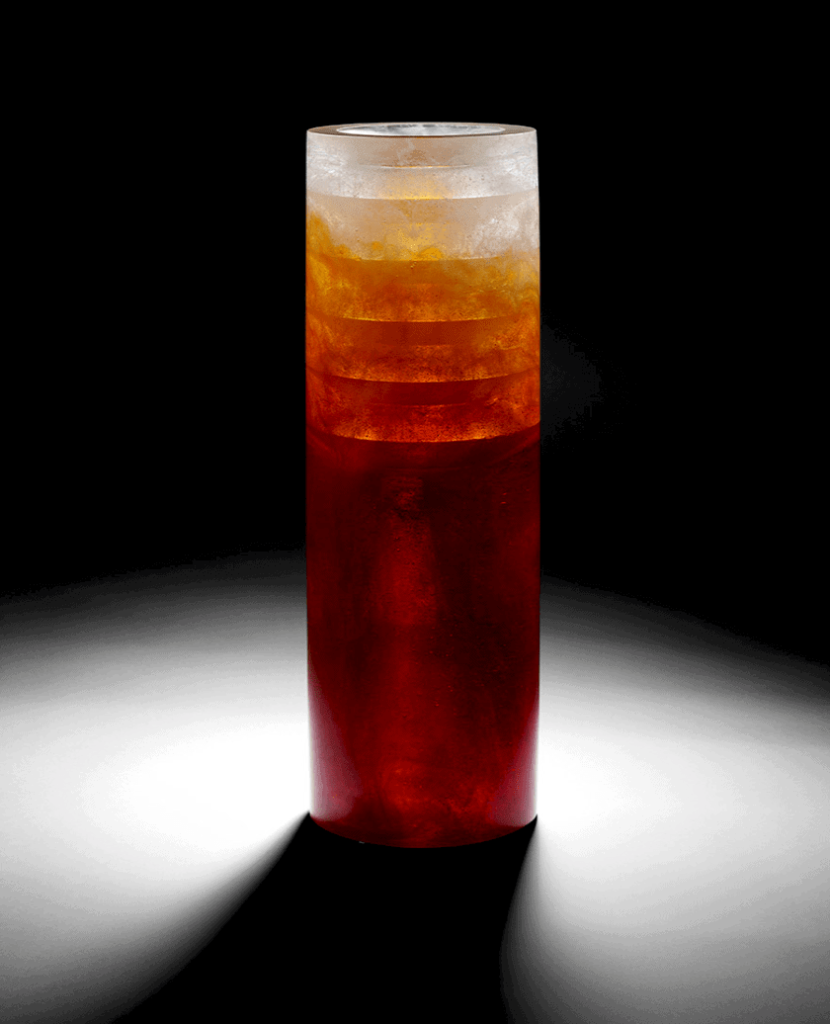
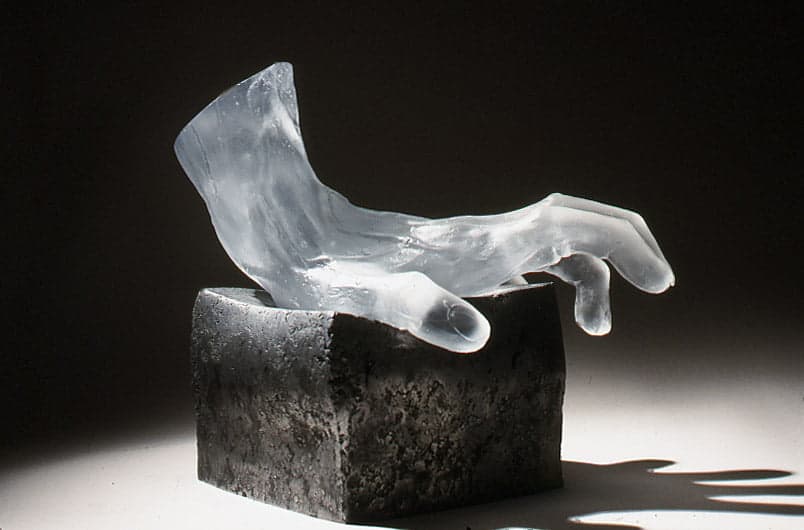
Glass casting involves putting molten glass into a mold and letting it solidify. There are many techniques and materials used. Lost wax casting, an ancient technique, is a way to make molds for casting. Lost wax casting starts out with making a positive sculpture out an oil-based clay. A mold is made from the clay using material such as alginate. Once this mold is crated, wax is poured in to create temporary wax sculptures. The wax sculptures are then put into plaster. Once the plaster is hardened, the wax is melted to leave an empty mold. This mold can then be filled with molten glass or pâte de verre, which is discussed below.
Pâte de verre

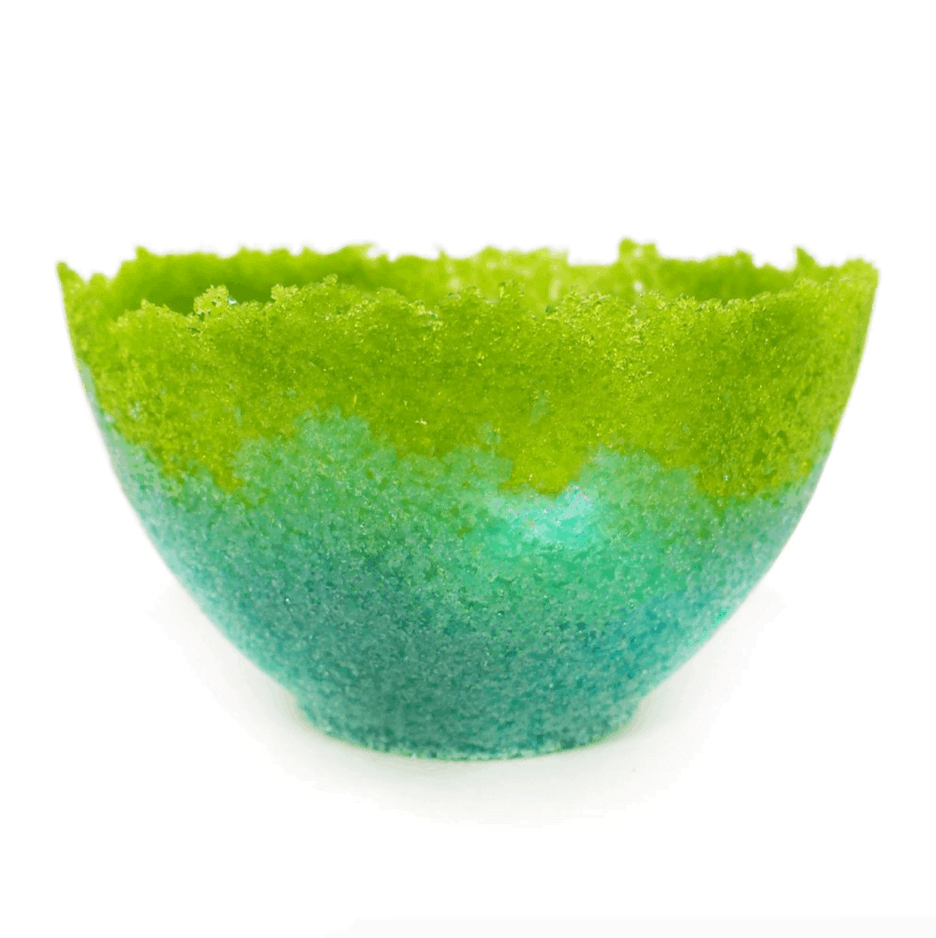
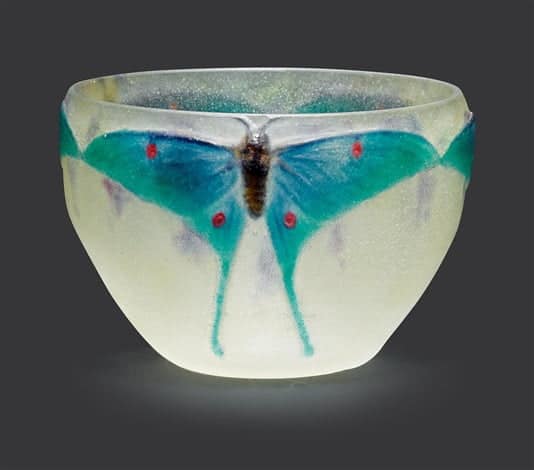
Pâte de verre is a specific type of glass casting. Finely crushed glass, the consistency of sand, is made into a paste with the addition of a binder such as gum arabic. This paste goes into a mold and mold goes into a kiln. The glass particles fuse together to become a solid piece. The above examples show that påte de verre can pick up a high level of detail. It is also used to create vessels with a grainy or sugary appearance or to add bas relief to other objects.
Watch how Kimiake Higuchi made the cabbage leaves above in this video from Corning Museum of Glass!
Hot Glass Techniques:
Fusing
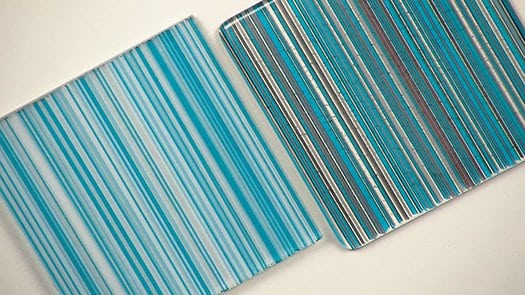
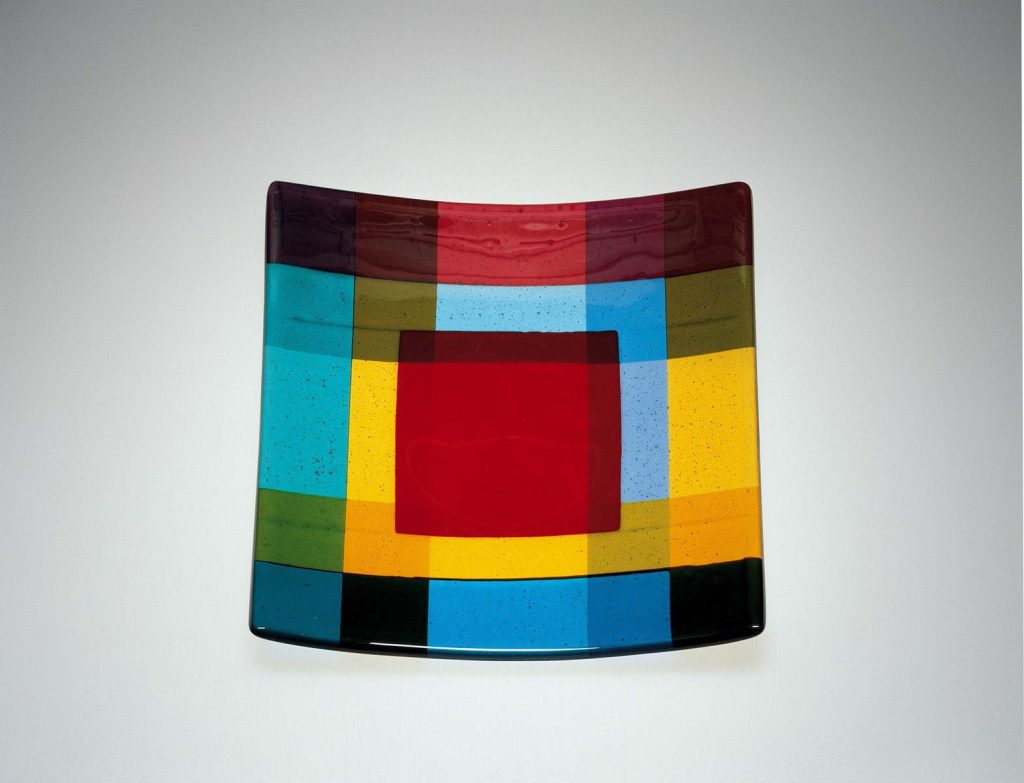
Glass fusing involves placing two or more pieces of glass next to another and putting them in a high temperature kiln. The glass melts and the pieces stick to each other, resulting in a larger solid piece. This allows for the creation of different color palettes and patterns as seen in the examples above. This is a versatile technique and can be used on its own or in conjunction with other techniques, allowing for greater variation in what can be created.
Slumping

Slumping is a process that uses heat and gravity. A flat sheet of glass is placed into a kiln on top of a mold and heated until the glass melts down into the mold. Molds can be made of materials such as ceramic, sand and metal and are coated with a release agent such as boron nitride, so the glass can be removed once it has melted to shape. The molds they are placed on can allow for a gentle curve in the glass or create dramatically shaped vessels in which the glass folds on itself and flows over the mold.
Fusing and slumping can be combined to allow for more variations in colors, patterns and shapes.
Cold Glass Techniques:
Stained Glass
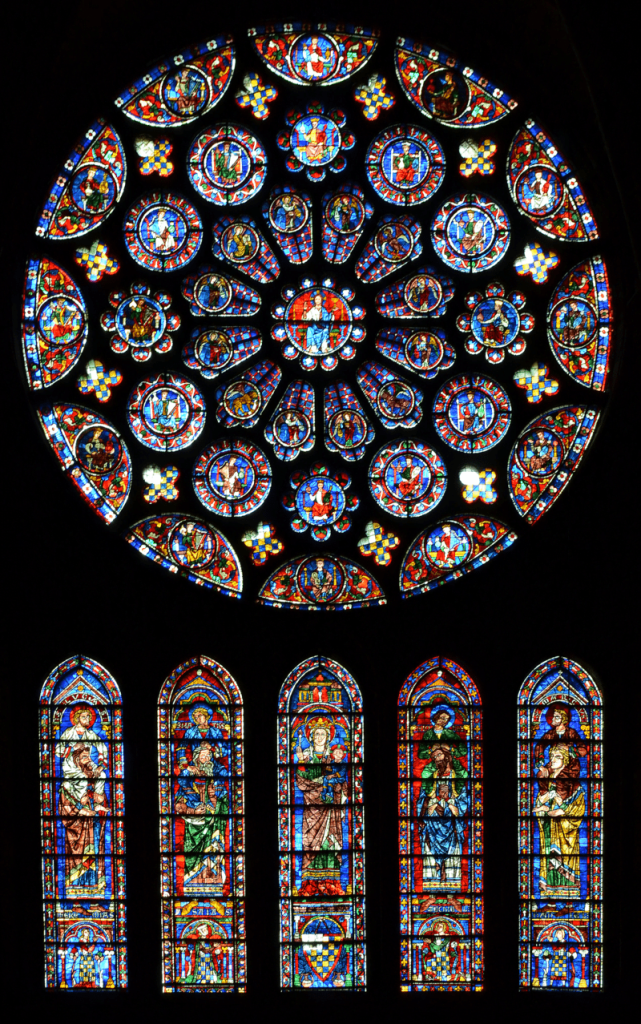

Stained glass consists of pieces of colored glass fit into an iron frame, called tracery. Traditionally stained glass makes up windows. Commonly found in churches and cathedrals. In modern times, stained glass is also in public places like government buildings. Stained glass extends to three-dimensional objects, such as objects d’art and the lamps Louis Comfort Tiffany created (shown above). The colored glass is made by adding metallic salts to glass or by later applying paint and fusing the paint to the glass in a kiln. Stained glass windows often contain scenes that tell a narrative but modern uses can be more abstract or decorative. You can learn more about the history and uses of stained glass in this article.
Hope you found this post useful and learned something new about glass! If you’d like some glass art to add everlasting beauty to your home or office, visit our webstore.
Stay healthy and safe!
Resources
Fusing & Slumping Video- Corning Museum of GlassCorning Museum of GlassWikipediaTypes of Glass Art – Bernard KatzWhat You Should Know About the Art Glass Market



